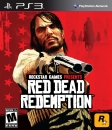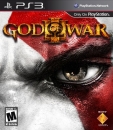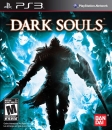Figgycal said:
I thought it was already established that VGC numbers were estimates and not an absolute number from every retailer on Earth.
|
The problem is, some people seem to think that NPD, or Chart-Track, or Media Create, or Famitsu, etc, are an absolute number from every retailer within their respective regions, rather than using the exact same basic methodology as VGChartz (although certain finer details, especially the specific sources, would vary).
That being said, ioi's comment about "within 5%" is a little concerning, if my memory of statistics is accurate (I'm a pure mathematician, always had some trouble with statistics) - if you have estimated data with a 5% margin of error, and then repeat the "experiment" 100 times, then the margin of error of the final estimate should decrease to far less than 5%. In other words, sales numbers after 2 years should have significantly less than a 5% margin of error if each week's sales number has a margin of error of 5%. In real world context, I'd expect it to reduce less significantly, maybe to 2-3%, given that magnitudes decrease with time (so only the first few data points significantly affect the sum).
What annoys me, though, is people trying to assert that NPD numbers are "right" because they're what publishers use... ignoring the fact that they're the one publishers use because people at NPD have convinced the publishers to use them, just like any other service.






























































